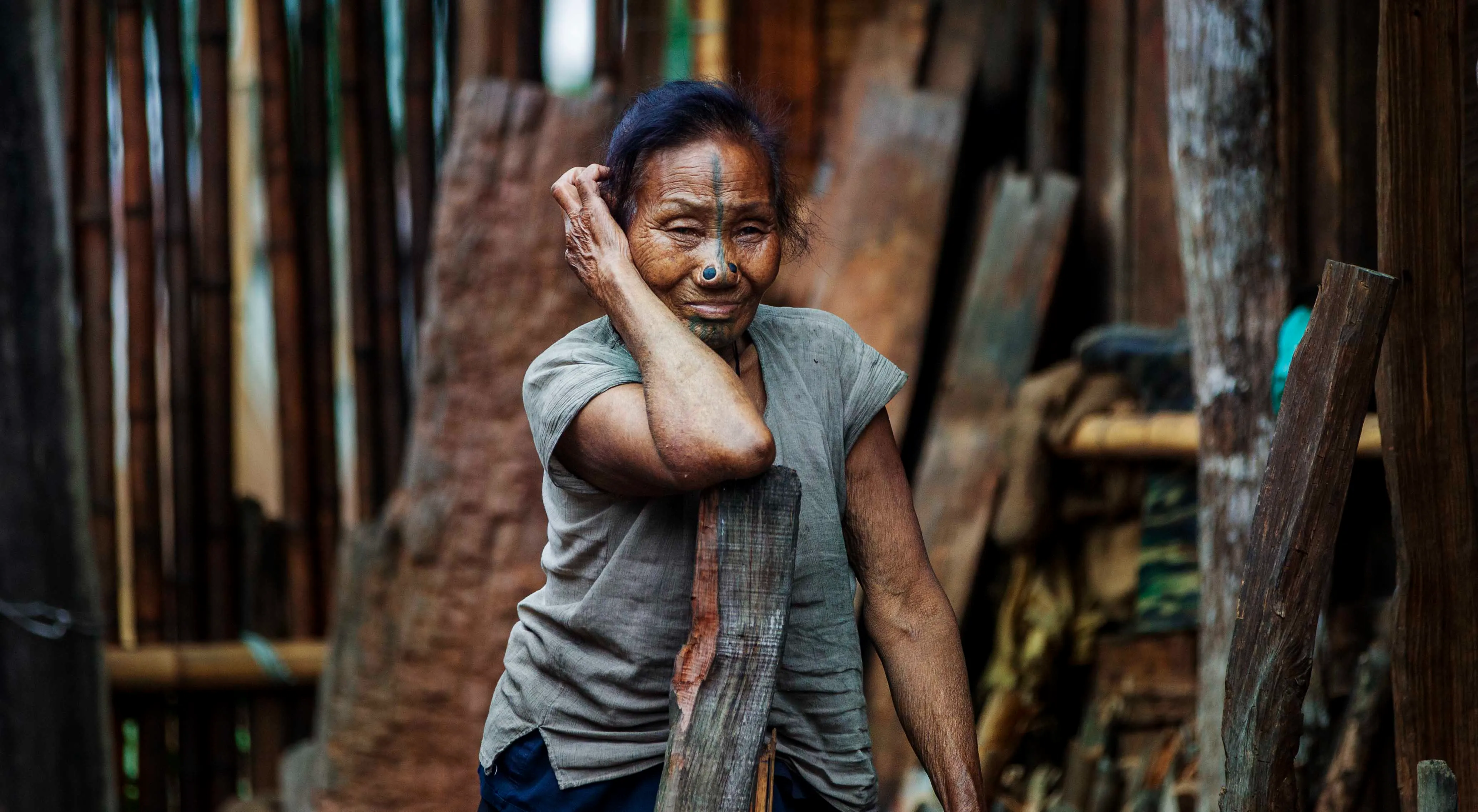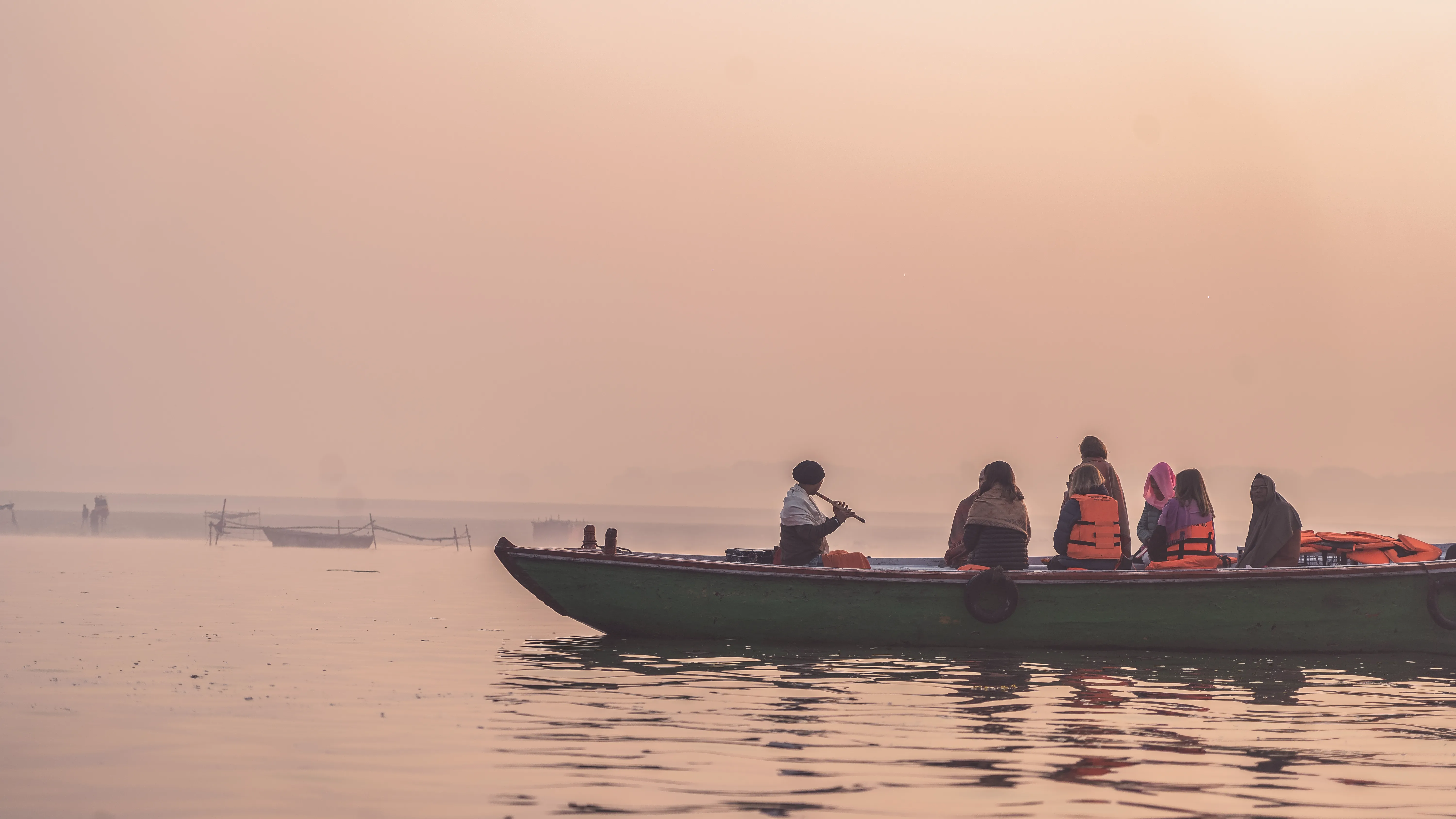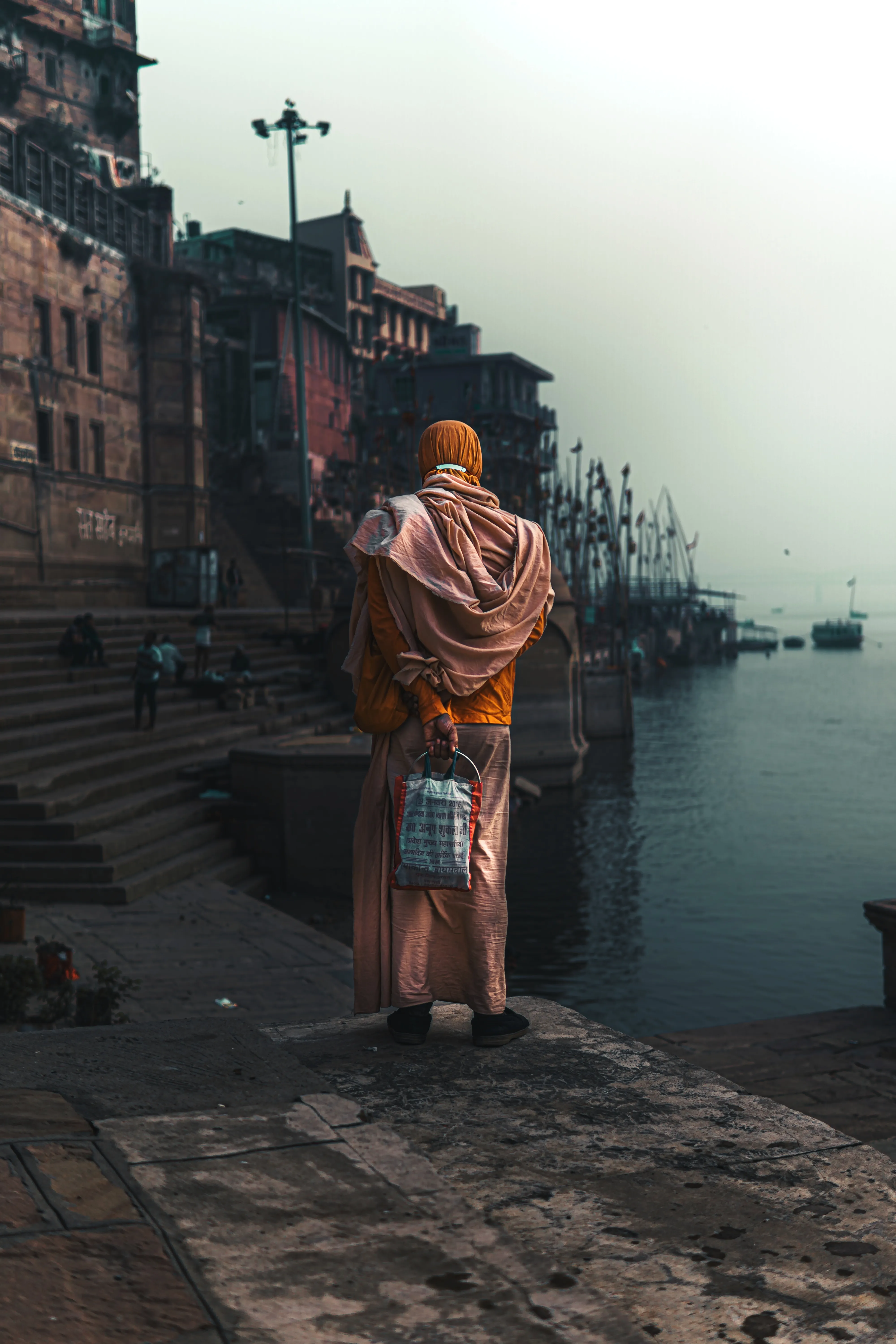A legacy rooted in history winds its way through the misty hills of Meghalaya, in the form of bridges made from living trees. Hidden in the emerald folds of the Khasi and Jaintia Hills, these natural wonders are not built but grown, over time, by the hands and hearts of the people who call this land home.
No one knows exactly when it all began. There are no scrolls or scriptures, only stories passed down through whispers and songs. But over 300 years ago, when the rains turned rivers wild and wooden bridges were swallowed by rot, the Khasi tribes looked to nature. They saw strength not in stone or steel, but in the sinewy roots of the the Indian rubber tree. Using bamboo scaffolds and deep instinct, villagers began to guide the tree’s aerial roots across rivers and gorges. They didn’t rush. They watched, they waited. Over years, 10, 15, and sometimes 20, the roots thickened, interwove, and grew into sturdy, living bridges. Some now carry the weight of generations and have stood for over 500 years.
One of the most awe-inspiring is the Umshiang Double Decker Root Bridge in Nongriat, deep in the Cherrapunji region. Reached by descending more than 3,000 steps through dense rainforest, the sight of this two-tiered natural structure, draped in moss and mist, is nothing short of magical. In Nongbareh, a rare double-span bridge crosses both the Amayalee River and a path to the Umngot River, admired for its elegant, complex design. Near Pynursla, the longest living root bridge stretches over 50 meters, an achievement of patience and quiet strength.

But these are more than bridges. They are living beings, home to mosses, birds, squirrels, and pollinating insects. They serve as lifelines for villagers, connecting remote communities to farms, markets, and schools. They are the result of collective care, tended by entire communities and passed from one generation to the next. To build one is not just a task, it’s a promise to the future.
And in the stories of the Khasi people, these bridges are sacred. Some say their ancestors once descended from a ladder of golden roots, Jingkieng Ksiar, that linked heaven and earth. Each new bridge, then, becomes a quiet echo of that myth, a living symbol of the deep bond between humans and the land.
In a world racing forward, the Living Root Bridges of Meghalaya stand still, growing slowly, silently, and surely, carrying the past, present, and future with every root they weave.


